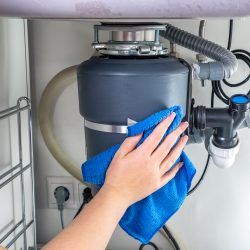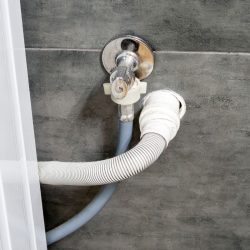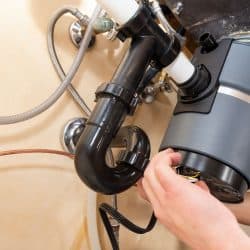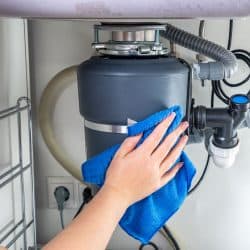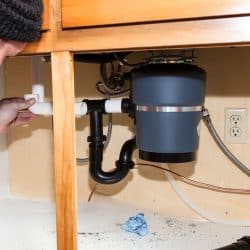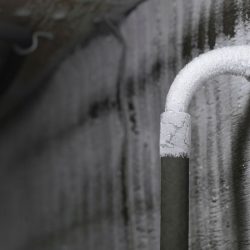Suppose your home kitchen is equipped with a Kitchenaid dishwasher, and you have noticed it isn't draining and wonder how to fix this issue. Or when is the dishwasher supposed to drain? We've researched these questions and have gathered well-researched information to share with you!
Draining your Kitchenaid dishwasher will depend on what is causing it to malfunction.
Troubleshoot to determine if a clog or other dysfunction stopped the water circulation and prevented it from draining correctly.
Ready to roll up your sleeves and learn how to drain your Kitchenaid dishwasher? Great! Please continue reading to learn more about owning and operating a Kitchenaid Dishwasher.
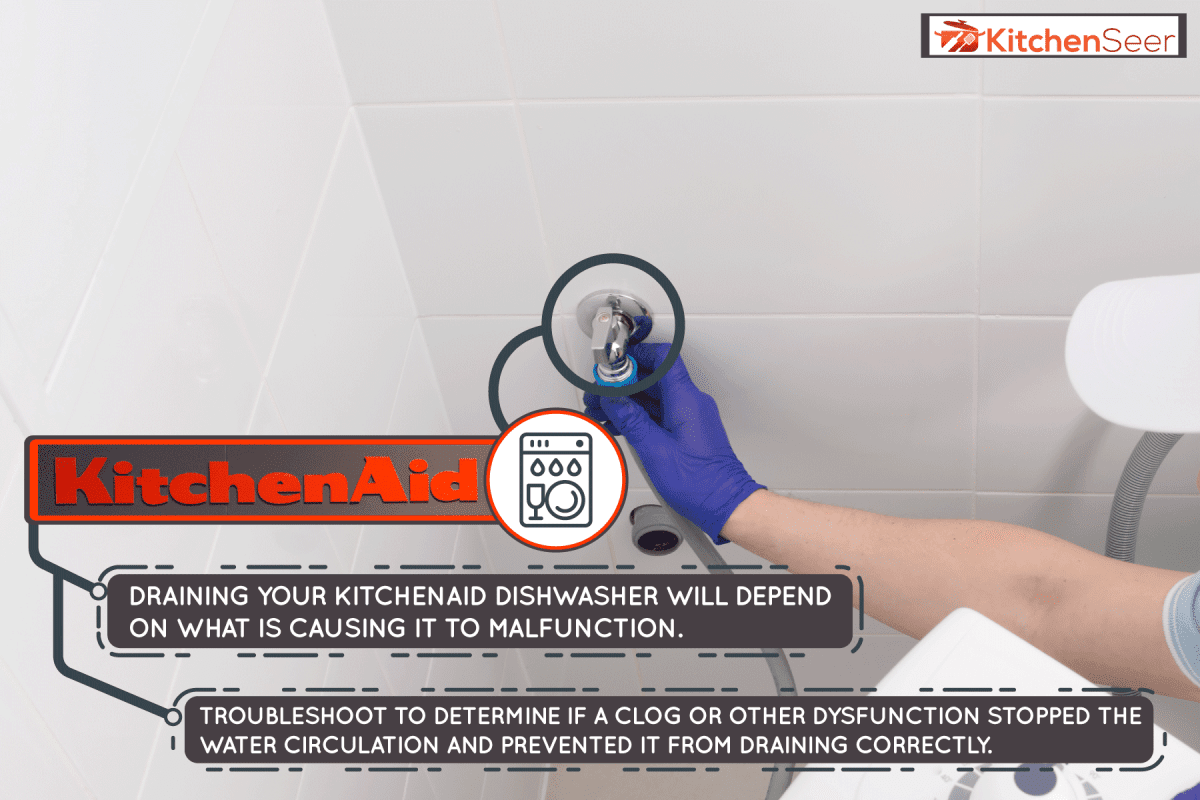
How to drain a Kitchenaid dishwasher
Please note that when a dishwasher is not draining, there are several reasons for this. Troubleshoot the following recommendations to remedy the issue.
Quick and easy methods to troubleshoot the dishwashers drain
- Run the garbage disposal for 30 seconds to clear minor clogs in the disposal unit or the air gap to the connecting hose.
- Check to see if the door is unlatched. Open and close, then press restart.
- Inspect the bottom of your dishwasher for any clogs or pieces of debris that could block the filter.
- Change or clean the filter. Suppose your filter is filled with food debris. A clogged filter will prevent the appliance from draining because the food prevents the water from flushing out of the appliance. Empty or replace the filter. If you are unsure how to accomplish this task, refer to your owner's manual.
- Is the overfill protection float restricted and stopping the appliance from draining?
- Inspect the drain hose that connects the sink to the garbage disposal. Check for bends or kinks in the hose, and straighten the hose to facilitate draining correctly.
- Inspect the drain valve located at the valve bracket; these brackets are often found at the bottom of the dishwasher. Gently push the valve to ensure that it is flexible. If the valve is unmoveable, it is clogged.
- Mix one cup of baking soda and one cup of vinegar and pour the solution into the bottom of the dishwasher. Allow it to sit for 20 minutes. Once the water in the dishwasher starts to drain, run the rinse cycle with hot water to flush the drain hose. The combined ingredients should dissolve minor clogs and dissipate any grease plugging the draining hose.
- Listen to your dishwasher while it is washing, and note any strange sounds. If it is making a clicking or humming sound, the drain pump inside the dishwasher may need to be replaced.
Does a dishwasher drain automatically?
Yes, fully functional dishwashers drain automatically after each completed washing cycle. The dishwasher will automatically drain the dirty dishwater and bits of food particles through the draining hose, into the garbage disposal, then through the kitchen plumbing.
If your dishwasher is not draining automatically, something is clogging your appliance's draining hose or filter that needs to be cleared.
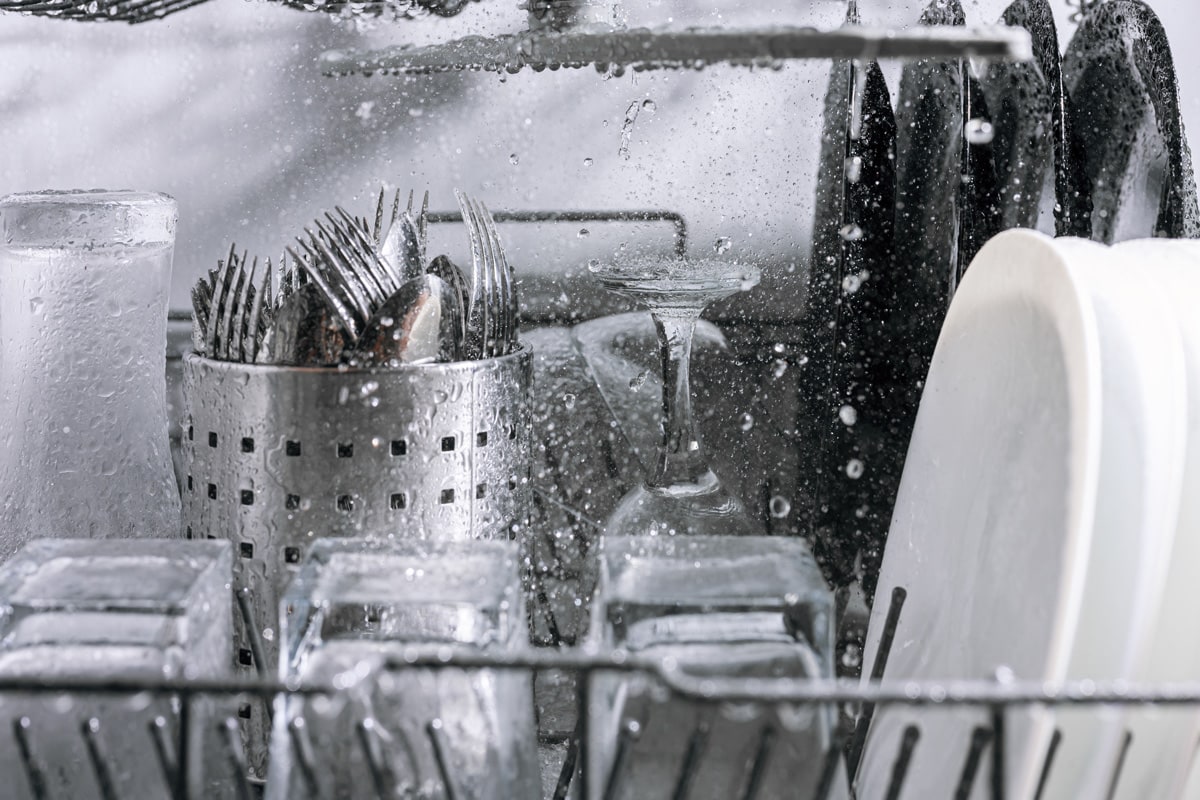
How do I clean the filter on my KitchenAid dishwasher?
Cleaning the Kitchenaid dishwashers' filter is easy and quick. Please note depending on which model you own. There could be an upper and lower assembly filter or just one.
- Locate the filter on the tub of the appliance under the bottom dish rack.
- Remove the bottom rack and turn the upper assembly a quarter turn counterclockwise, and lift to remove. Grasp the lower filter and lift it gently upward to remove the filter.
- Clean any hardened debris with a scrubber or toothpicks and rinse with warm water.
- Align the lower filter with the tabs in the dishwasher tub.
- Insert the upper filter into the round opening of the lower filter.
- Turn the filter clockwise until it clicks into place.
How do you force a dishwasher to drain?
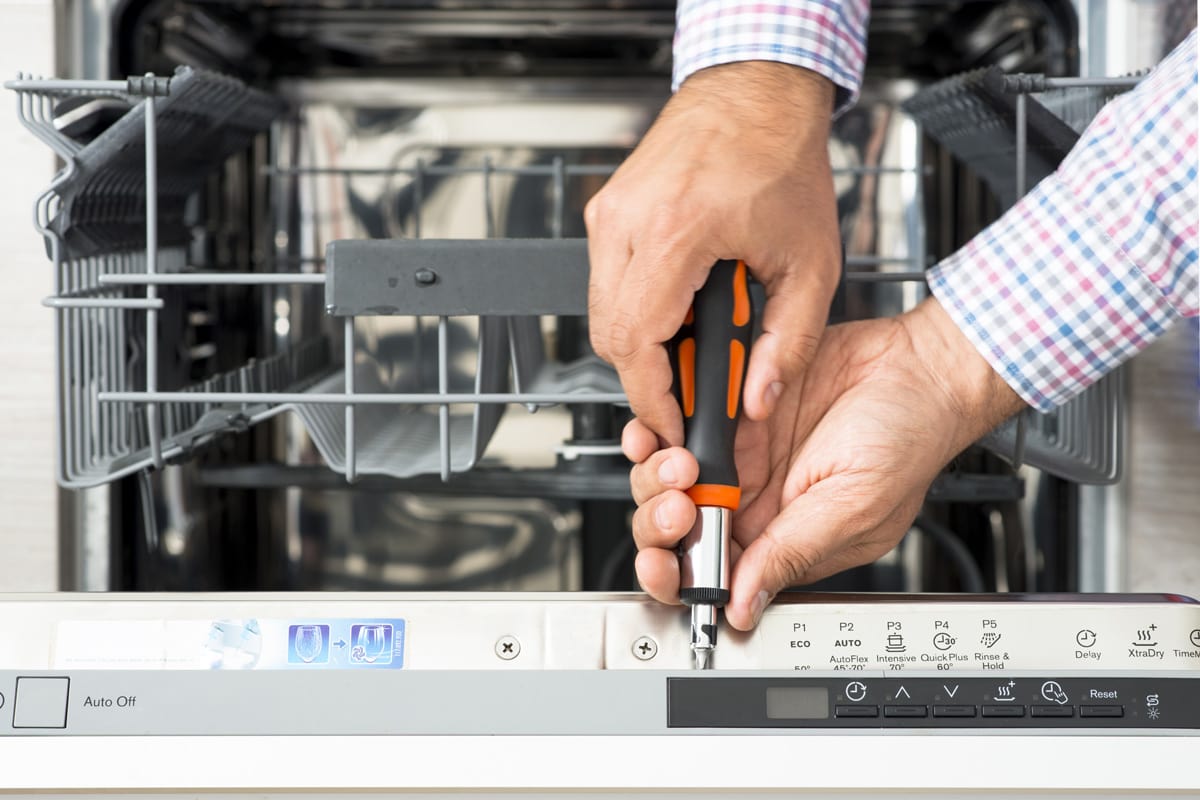
Excellent question! Before you attempt to force drain your dishwasher. Ensure that you take all the dishes out of the appliance and remove the bottom dish rack from the dishwasher.
Then, turn the dishwasher off and shut the electricity to your dishwasher and garbage disposal. Never attempt to perform checkups or routine maintenance with the electricity flowing through these appliances.
Now that the dishwasher is not connected to any electrical power sources. Please open the door and soak the standing water with an old towel or two; it is essential to clean up the dirty dishwater to prevent accidental falls and slips.
Check the condition of the drain hose that connects the dishwasher to the garbage disposal. Generally, this hose is located under the kitchen sink or behind the dishwasher, and if this is the case, you will have to pull the dishwasher out to access the draining hose.
Once you locate the draining hose, it is time to clear it via draining and unclogging the hose. Firstly, detach the hose from the clamp with small pliers. Set a small pan or a few old towels under the drain hose to catch water droplets.
When removing the draining hose, you can clear it with a commercial-grade de-clogger or bend an old wire clothing hanger to loosen and remove any debris causing the hose to clog.
Why is there water in the bottom of my KitchenAid dishwasher?
Suppose there is a small amount of water standing beneath the spray arms. That is okay, only if the water is one cup or less in volume. If water is covering the bottom of the dishwasher or leaking from the door, it is presenting a nasty odor.
There is an issue with the draining hose that connects the appliance to the garbage disposal and the kitchen sink. It is likely the drain hose is clogged.
Standing water should not be occurring in fully functional dishwashers. If this is happening regularly, something is blocking your draining hose. Check the dishwasher draining hose or your kitchen plumbing to address this issue.
Please remember you could contact a professional to evaluate the appliance and what could be causing it to malfunction.
How much standing water is expected in a dishwasher?
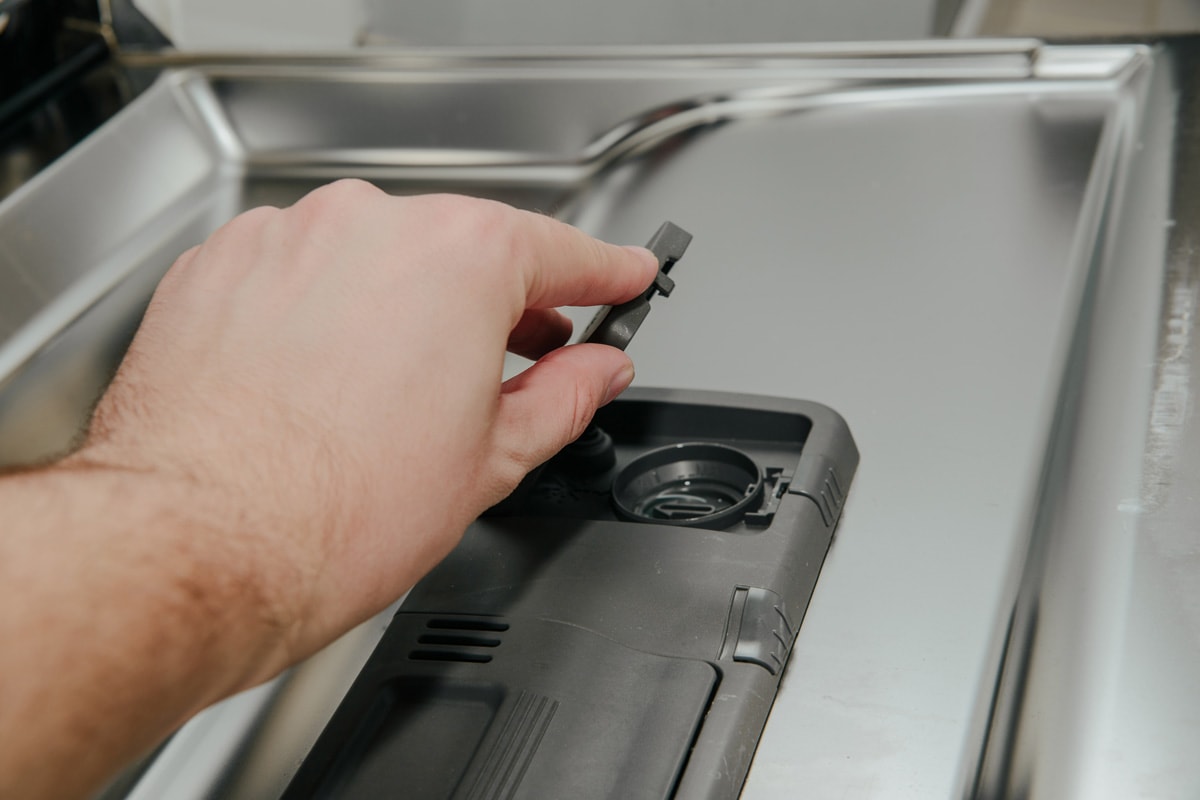
Suppose there is a small amount of water standing beneath the spray arms, which is okay, only if the water is one cup or less in volume.
If water is covering the bottom of the dishwasher or leaking from the door, it is presenting a nasty odor.
There is an issue with the draining hose that connects the appliance to the garbage disposal and the kitchen sink-- most likely, the drain hose is clogged.
Standing water should not be occurring in fully functional dishwashers. If this is happening regularly, something is blocking your draining hose.
Check the dishwasher draining hose or your kitchen plumbing to address this issue. Or you could contact a professional to evaluate the appliance and what could be causing it to malfunction.
What cycle drains the dishwasher?
The number of times a dishwasher will drain during various wash cycles can vary from brand to model. However, all dishwashers fully drain after the wash and rinse cycle.
The dishwasher will flush out all remaining food debris and filthy water with each wash cycle.
Furthermore, the number of times the dishwasher will drain depends on how many wash cycles the selected setting provides for each load. Or, if your dishwasher is equipped with sensors, it can sense how many cycles it will require to wash the dishes thoroughly.
Have you noticed your Kitchenaid dishwasher's light flashing and wondered why? Click here to read "KitchenAid Dishwasher Light Flashing – What To Do?"
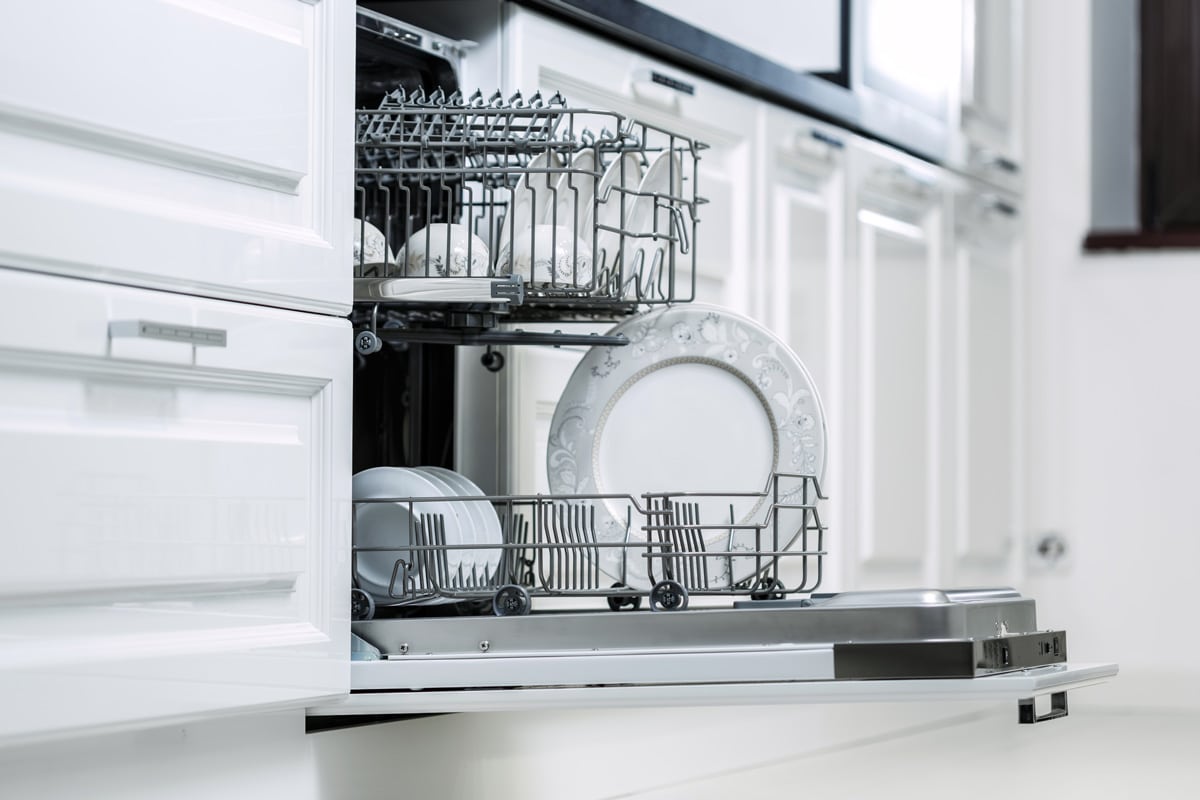
Safety considerations for operating dishwashers
The American Cleaning Institute suggests using the following as a guide for running a dishwasher correctly and safely.
- Always place knives and other sharp items pointed down in the utensil basket.
- Place glassware gently into the dishwasher, and don't crowd the glasses.
- Avoid overloading the dishwasher--it will prevent the dishes from getting clean, and they could break.
- Wait until the dishwasher has cooled before removing the dishes.
- Always close the door after loading or unloading to prevent accidental falls.
- If you have small children, consider adding a child safety lock.
- Do not allow children or pets to play inside the dishwasher.
- Store the dishwashing solutions away from children and pets.
- Always follow the dishwasher owner's manual maintenance instructions.
- Don't fill the dispenser cups until ready to run the appliance.
- Do not mix dishwasher solutions with other cleaning products.
- Not every dish can go in the dishwasher; read your dishes' labels.
- Do not remove the labels from the dishwasher detergent bottles.
In closing
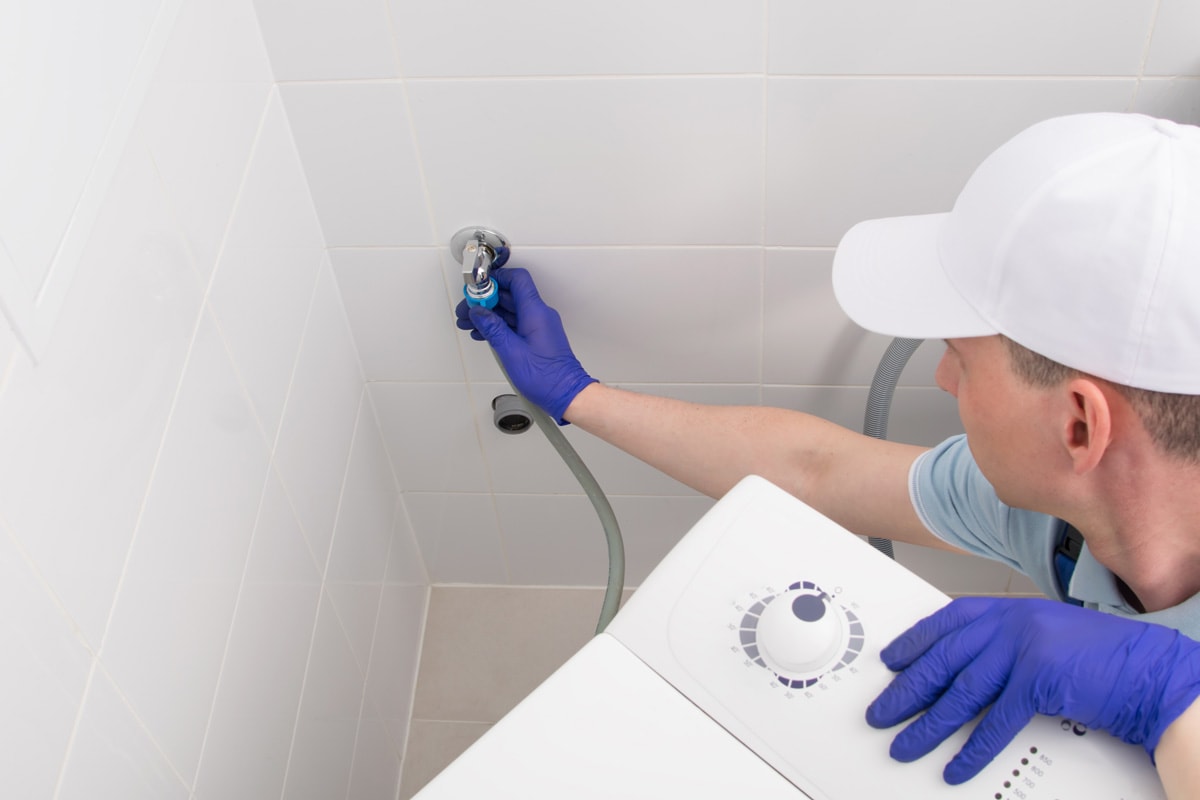
Thanks for reading our article!
Today we discussed how to drain an old Kitchenaid dishwasher from your kitchen using a few simple methods for household items. Also, how to clean the filter and other helpful tips!
Please check out some of our other posts before you go to help further your dishwasher knowledge base.
Does A Dishwasher Heat Up Its Own Water?
KitchenAid Dishwasher Red Light On Front Door – What To Do?
How Much Water Does A KitchenAid Dishwasher Use?

